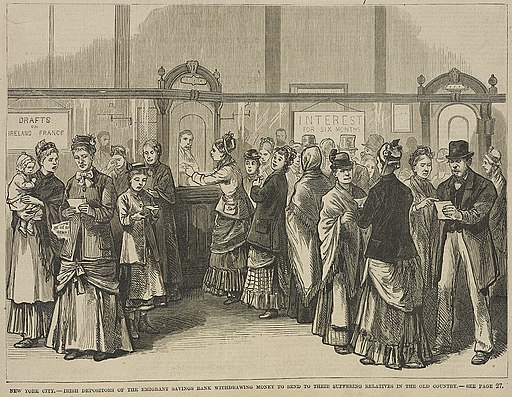Follow the money, just follow the money all the way to the ’70s
In the ’70s, a pint of milk cost 6p,and you could buy a house for £5,158. These prices seem unfathomable today. Prices have skyrocketed since then, with a pint of milk costing 90p and house prices increasing to £257,808 on average. It’s not all doom and gloom since average weekly earnings have risen by almost 65% from £32 to £6642 based on data from the Office for National Statistics.
Prices and wages don’t exist in a vacuum. They are a good starting point for comparison, but it’s important to look at the macroeconomic conditions to gain a better understanding of the bigger picture. The era of bell bottoms and disco was marred by economic uncertainty. The British economy was experiencing booms and busts as it was constantly swinging between periods of unsustainably high growth and low, even negative growth. The government reacted with stop-go policies of deflationary and inflationary measures, propelling this vicious cycle even further. As the economy was facing stagflation (high inflation and unemployment), Chancellor Anthony Barber in 1972 announced a “dash for growth” to stimulate the economy and achieve an unrealistic 10% growth over two years. The ambitious policy included substantial tax cuts and liberalisation of the banking system. The oil crisis of the 1970s further exacerbated problems as oil prices quadrupled, which fuelled inflation to rise to 25%. By 1979, the economy was spinning out of control, with people fac- ing a drop in living standards due to increasing prices in a decade dubbed the “decade of price rise”.
The macroeconomic conditions in 2023 are eerily reminiscent of the ’70s. With the rising inflation and the cost-of-living crisis, it sometimes feels like the economy has moved one step forward and three steps back. The Russia-Ukraine war has increased energy prices, like the oil shock in the ’70s. Parallels were drawn between Kwasi Kwarteng’s audacious mini-budget in 2022 and the Barber boom of the ’70s. Inflation fatigue and uncertainty are bringing about a resurgence in the shopping habits of the ’70s. Bloomberg reported consumers across Europe are “switching to discount grocery stores, buying private-label items and reduced products, as well as out-of-date goods” to deal with the increasing cost-of-living.
The uncertain economic conditions have implications for personal finance and budgeting, especially for students. Vidhi Nayyar, a second-year Management student mentions: “Even if you make a budget, it’s hard to stick with it because of price volatility.”
As an international student, I was initially surprised to learn that the UK doesn’t have a maximum retail price (MRP), which sets an upper limit on the price of goods and moderates fluctuation in the price of goods in countries like India. There is a recommended retail price (RRP) in the UK, but this price isn’t legally binding and is more of a recommendation.
In the ’70s, you could live in Rootes for £4 a week, which seems unimaginably cheap when the cost of living in Rootes this academic year is £119 a week. An international student expressed frustration at the rising on-campus accommodation prices: “The university keeps hiking up the tuition fees every year. Even the accommodation prices are becoming more and more unreasonable. The gym and swim membership is a whopping £300 this year. All of this makes it hard to survive on a student budget.”
Since the ’70s, information about managing personal finances has become more accessible with the advancement of the Internet. In many ways, financial literacy has also become more formalised. In 2014, financial literacy education became a mandatory component of the national curriculum. However, research by the Centre for Social Justice, a centre-right think tank, highlights that the inclusion of financial literacy in the financial curriculum hasn’t adequately translated into secondary school students actually gaining the skills required to make financial decisions.
The ’70s was also a monumental decade for the advancement of women’s rights. It was only in the mid-’70s that women could open a bank account under their own name. The Equal Pay Act and the Sex Discrimination Act came into force in the ’70s, which codified the rights of women to get paid equivalent to their male counterparts and rendered discrimination on the grounds of gender illegal. In 2010, the Equality Act consolidated and updated previous anti-discrimination legislation. Fifty years on, substantial strides have been made in increasing women’s financial rights, but the gender wage gap still looms large. As a society, we need to have more conversations around money and a culture of pay transparency to bridge the gender pay gap.
There has been a rise in the use of digital money as cryptocurrencies have gained popularity and notoriety. It would have been hard for someone in the ’70s to imagine paying via their mobile phone when the first handheld mobile phone was only produced in 1973. The ubiquitous credit cards of today were in their nascent stages in the ’70s.
50 years later, the value of money, the forms of money, and access to it have changed, but our spending habits are diverging back to those of the ’70s with increasing inflation and the cost-of-living crisis.

Comments